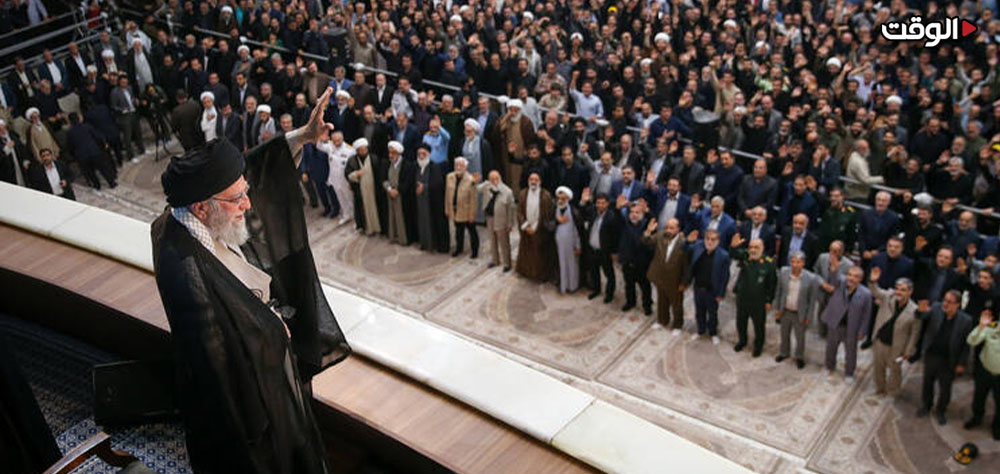ALWAGHT- During the Zolfaghar 1403 joint military drills in southern Iran, the 15 Khordad air defense system and Arash offensive drone successfully intercepted and destroyed simulated enemy targets.
Iran’s 15 Khordad air defense system successfully identified and neutralized mock enemy airborne targets during the Zolfaghar 1403 military drills. Brigadier General Alireza Sheikh, the drill’s spokesperson, explained that the system relied on data from the Zolfaqar passive radar, which can detect enemy aircraft without emitting signals, making it undetectable to enemy radars. This data was then transmitted to engagement systems, ensuring precise interception and destruction of the targets.
Sheikh emphasized the role of multi-layered communication networks in coordinating various air defense components, such as missile systems, detection systems, and data transfer networks. This integration allows for efficient decision-making and enhances Iran’s defensive capabilities. A key aspect of the drills included passive defense measures, aimed at protecting air defense systems from enemy detection and securing operational intelligence.
Additionally, the Arash offensive UAV completed a successful mission by striking its target from 1,200 kilometers (745 miles) away with high precision. Military analysts view this as a demonstration of Iran’s growing drone technology and its ability to conduct long-range strikes with accuracy. These exercises highlight Iran’s ongoing commitment to strengthening its air defense network and improving national security readiness.



























